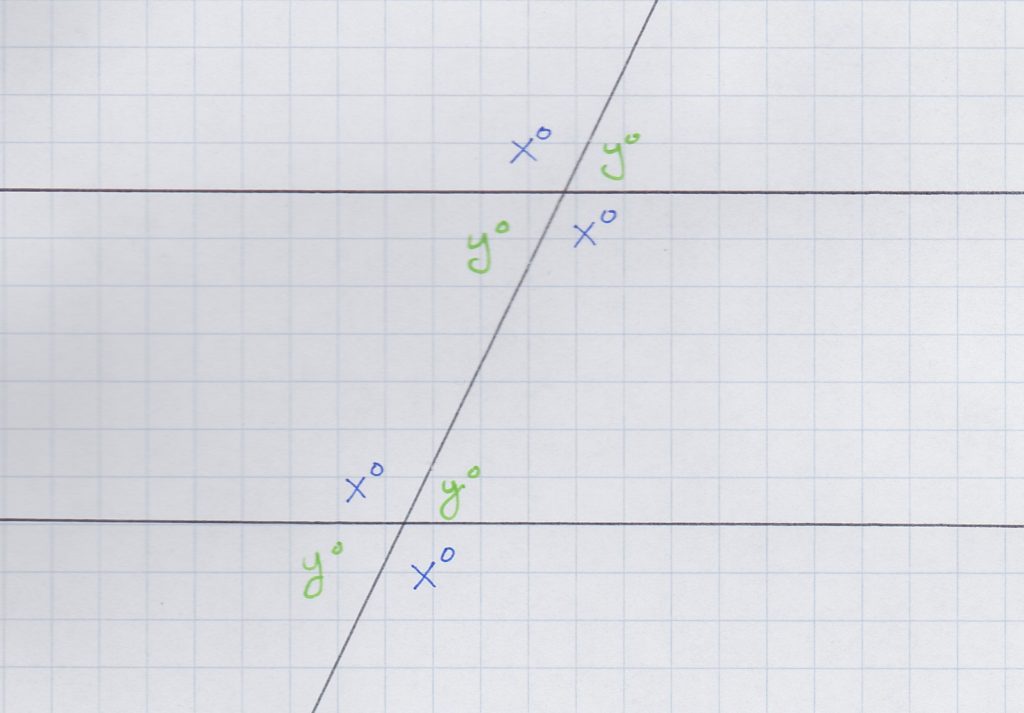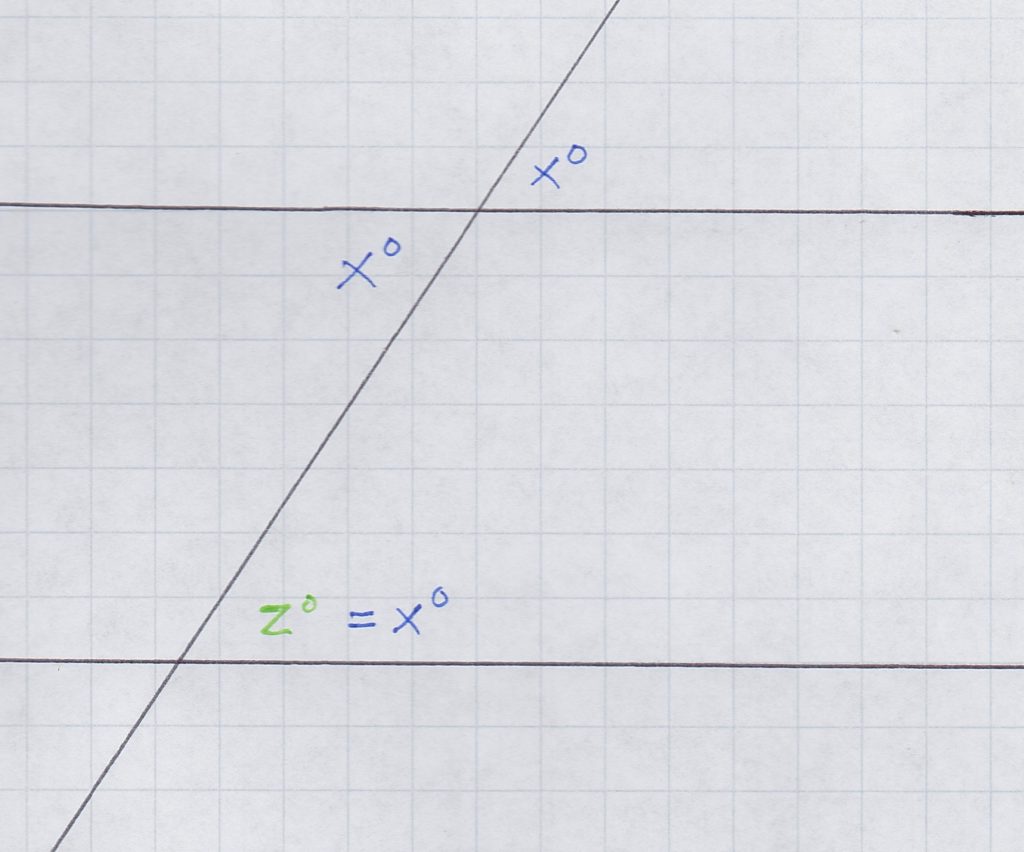This page is part of my unofficial solutions manual to the GRE Paper Practice Book (2e), a free resource available on the ETS website. They publish the questions; I explain the answers. If you haven’t worked through the Practice Book, give Section 5 a shot before reading this!
5.4: Three Circles
In the previous question, I touched on two complementary strategies for GRE math:
- plugging in
- solving algebraically
It’s easiest to see the distinction between these two approaches in algebra questions, since those have specific, named variables that you can plug into. But the “plug in” approach can also work on geometry, data analysis, and even arithmetic problems. Knowing when to plug in and when not to is a matter of experience, and it depends to a large extent on your personal strengths and weaknesses. Thus, whenever possible, I’ll be showing both approaches, so that you can decide which is faster and more intuitive for a particular problem type.
One more caveat before we begin: except for data graphics and coordinate planes, diagrams on the GRE are not drawn to scale. (The Paper Practice Book explains this at the beginning of each section — see, for example, p. 74.) So in this problem, we can’t assume that PR is larger than RQ just because the diagram is drawn that way.
The Algebraic Route
In order to solve this problem, we have to recognize that PR + RQ = PQ. In other words, the diameters of the smaller circles add up to the diameter of the larger circle. Once we realize that, we can break out the circumference formula
C = πd
and start figuring out quantities A and B. The circumference of the larger circle is
C1 = π(PQ)
and the circumferences of the two smaller circles are
C2 = π(PR)
C3 = π(RQ)
But since we know that PQ = PR + RQ, we can rewrite the circumference of the larger circle as
C1 = π(PR + RQ) = π(PR) + π(RQ)
which is the sum of the two smaller circumferences. Thus, quantities A and B are equal, and the correct answer choice is (C).
The Plug-in Route
We could also select values for PR, RQ, and PQ, as long as these obey the constraint that we noted above: the two smaller diameters have to add up to the larger diameter. For example, let PQ = 3, PR = 2, and RQ = 1. Then the circumferences are
C1 = 3π
C2 = 2π
C3 = 1π
This way, it’s even easier to see that C1 (quantity A) is equal to C2 + C3 (quantity B). Note that there’s nothing special about the numbers 3, 2, and 1. We could have picked
PQ = 8, PR = 6, RQ = 2
PQ = 15, PR = 14, RQ = 1
or any other three numbers that satisfy the original rules of the problem. Any valid triple will get us to the same conclusion.
Challenge Question
How does the area of the smaller circles relate to that of the larger circle? Is the ratio fixed, as it is for circumference, or does it vary? If it does vary, why does area behave differently than circumference?
Math Review Reference
For more on this topic, see the following section of the GRE Math Review:
- 3.5: Circles (p. 52)

